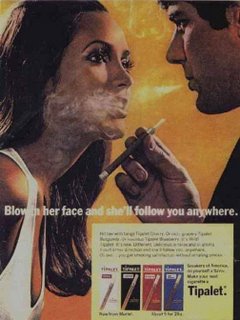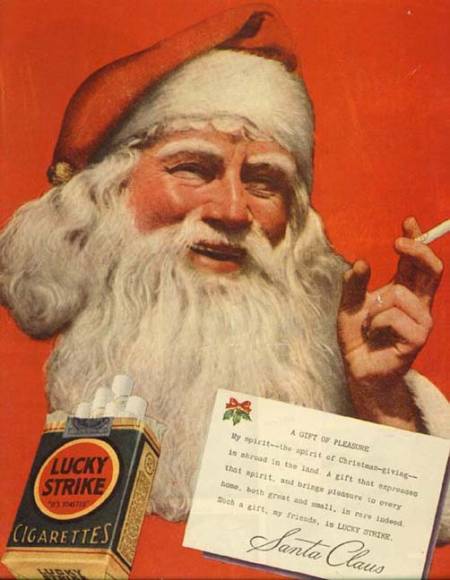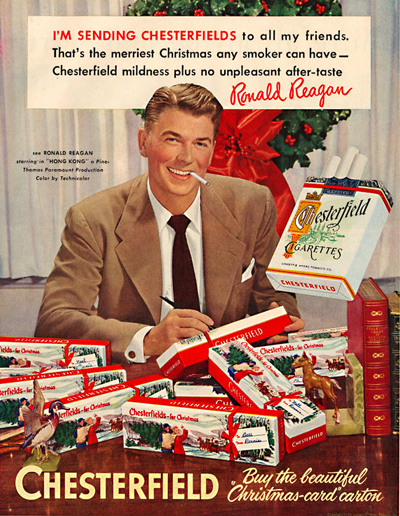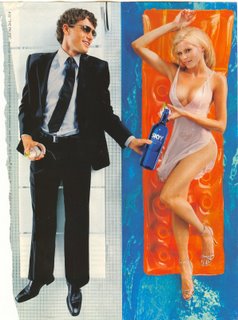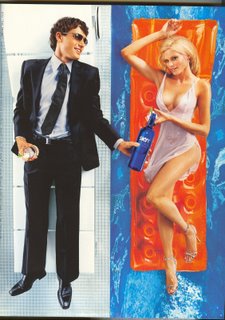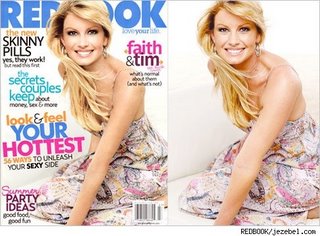The Great Happiness Space is an amazing full-length documentary (available in full online) about “host” clubs in Japan. These clubs service women, mostly sex workers, who buy time with men (hosts, who also get a cut of all the money the women spend on alcohol) who pretend like they love them. The women establish long-term relationships with their hosts, spend sometimes 10s of thousands of dollars in a night, all to have the feeling that someone cares for them. So they earn tons of money giving sex to men and then they turn around and give that money back to men who give them affection (and sometimes sex). The hosts make between 10,000 and 50,000 a month. Also a great study in cross-cultural gender differences.
Who knew that Santa endorsed cigarettes?

Christmas cigarettes endorsed by Ronald Reagan:
NEW (Dec. ’09)!
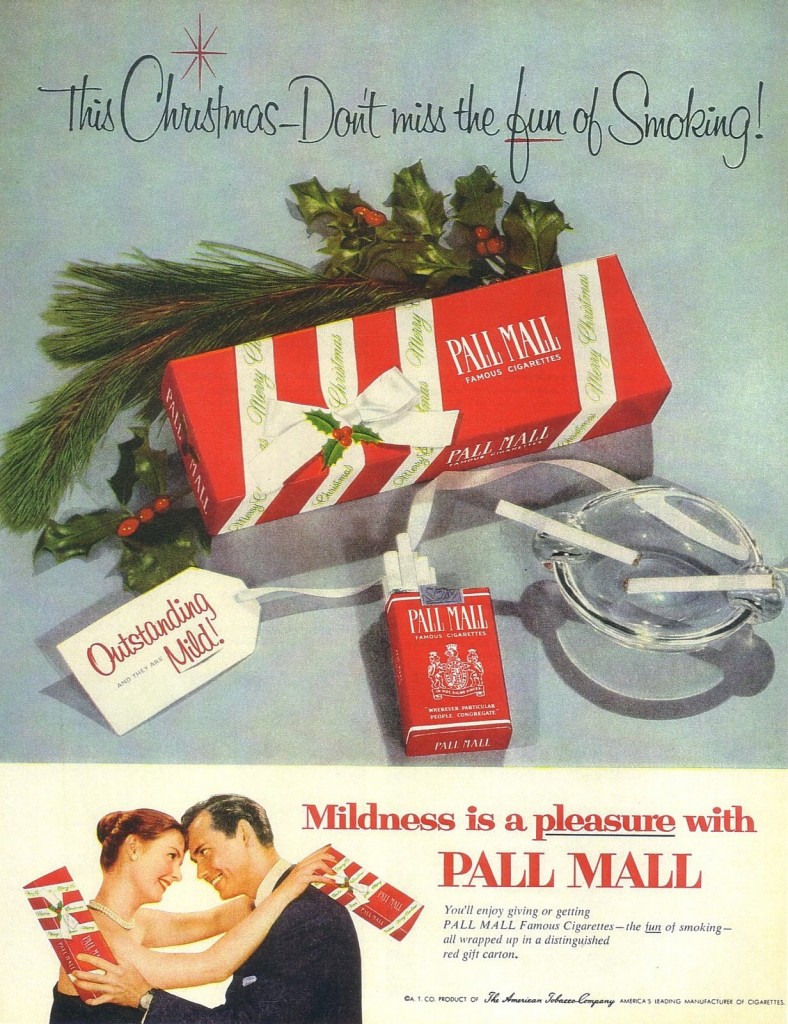
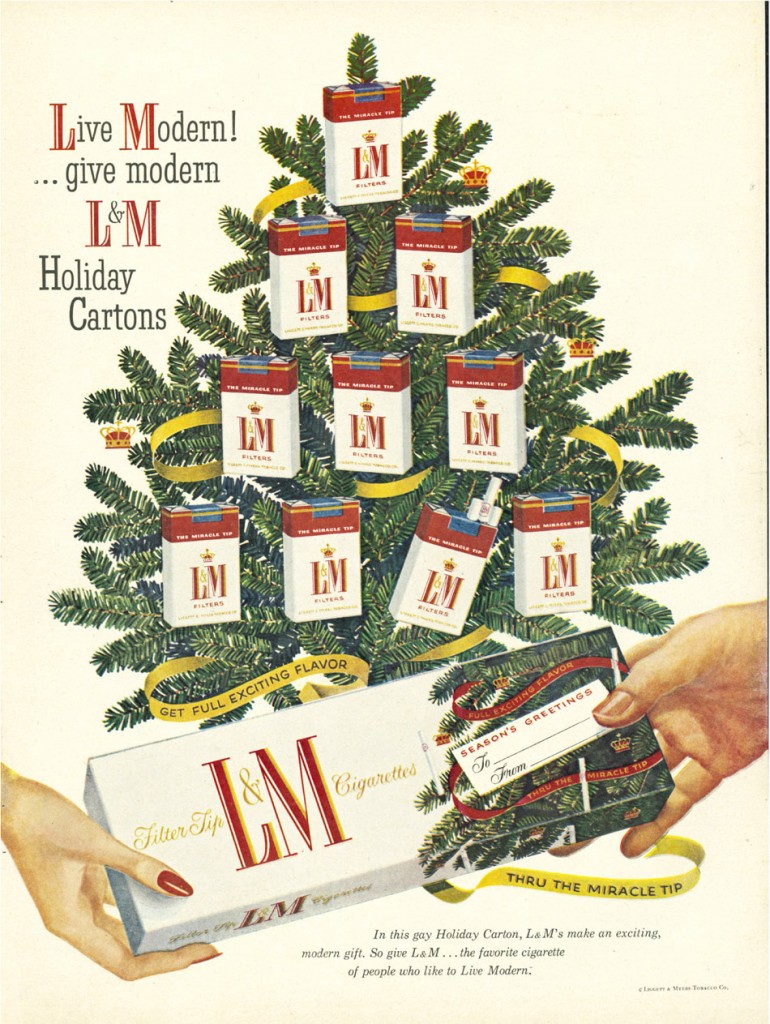
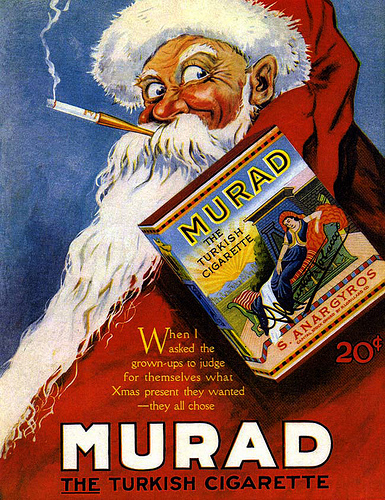
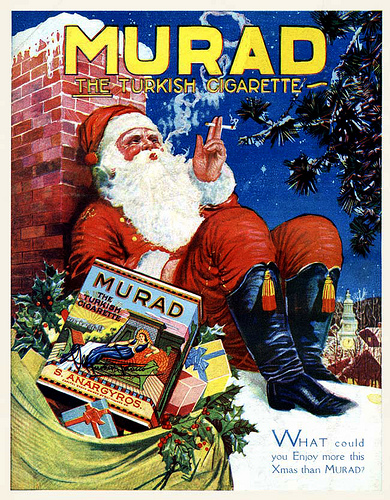
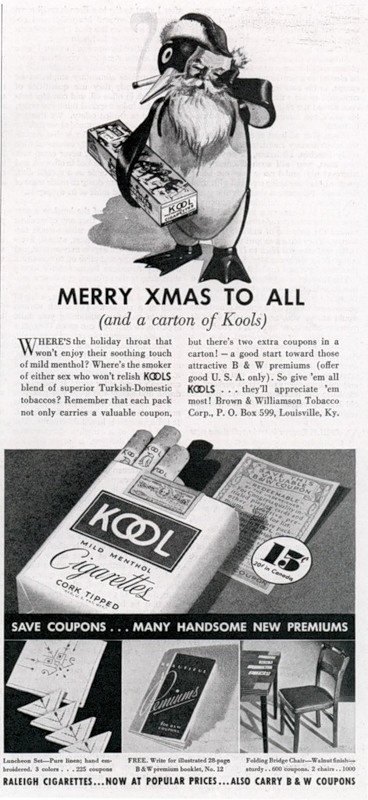
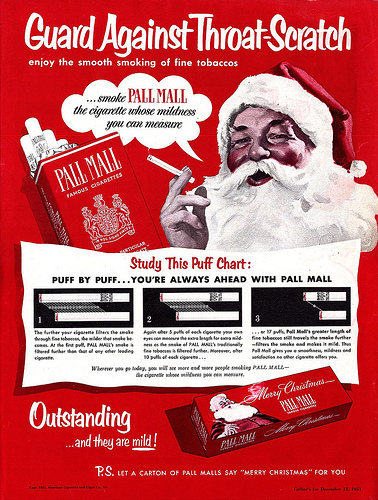
Found here, here, here, here, here, here, and here.
Lisa Wade, PhD is an Associate Professor at Tulane University. She is the author of American Hookup, a book about college sexual culture; a textbook about gender; and a forthcoming introductory text: Terrible Magnificent Sociology. You can follow her on Twitter and Instagram.
Take a careful look at these two images (you may need to download them to see it). The first is from Cosmo, the second from Maxim. There is one incredibly subtle and important difference: the latter shows a nipple and the former does not. I’ll let you guess which one is in Playboy. This is a great example of how carefully advertisers are planning their images according to their audiences.

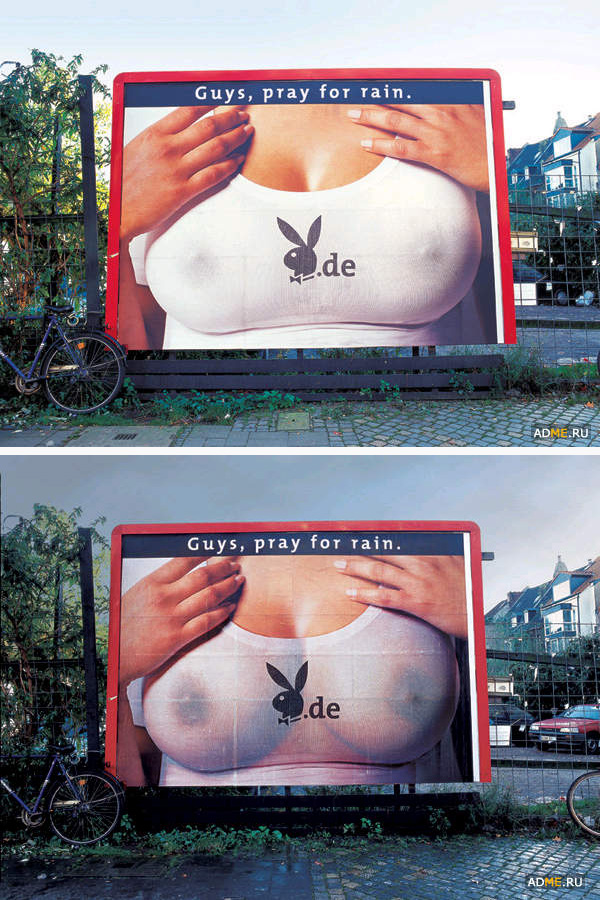

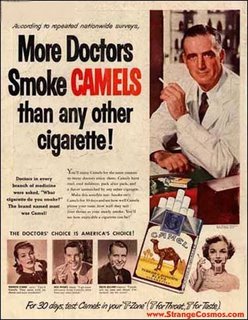

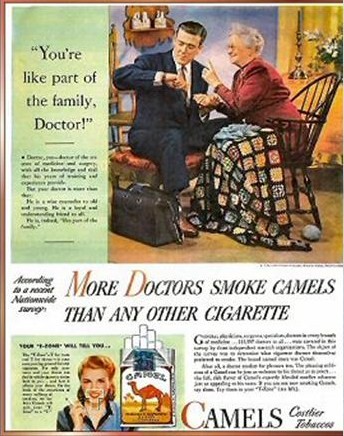
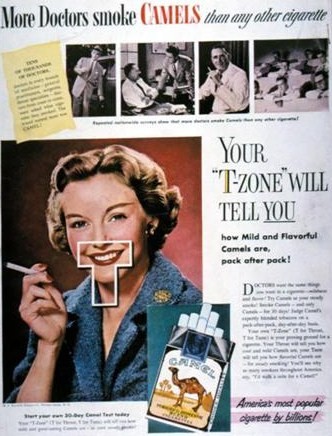
![doc5[1] doc5[1]](https://thesocietypages.org/socimages/files/2007/07/doc51.jpg)
